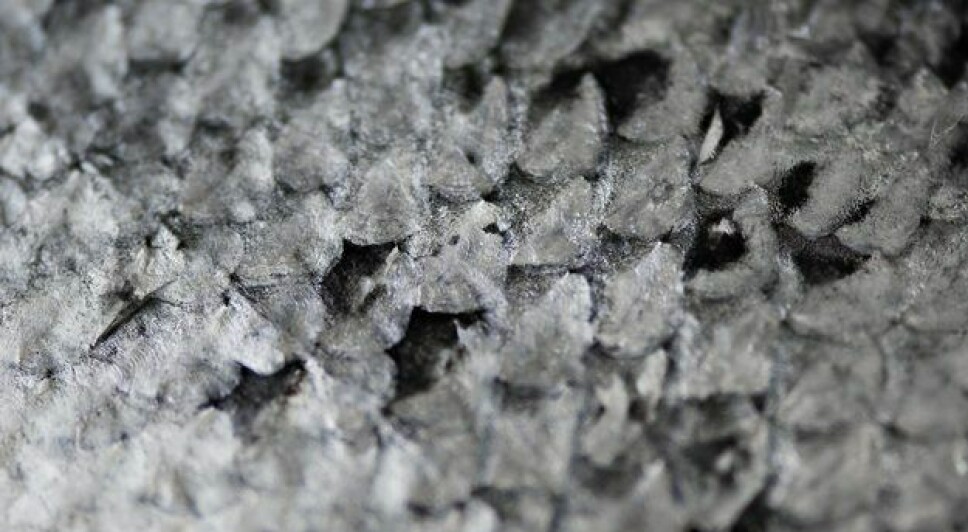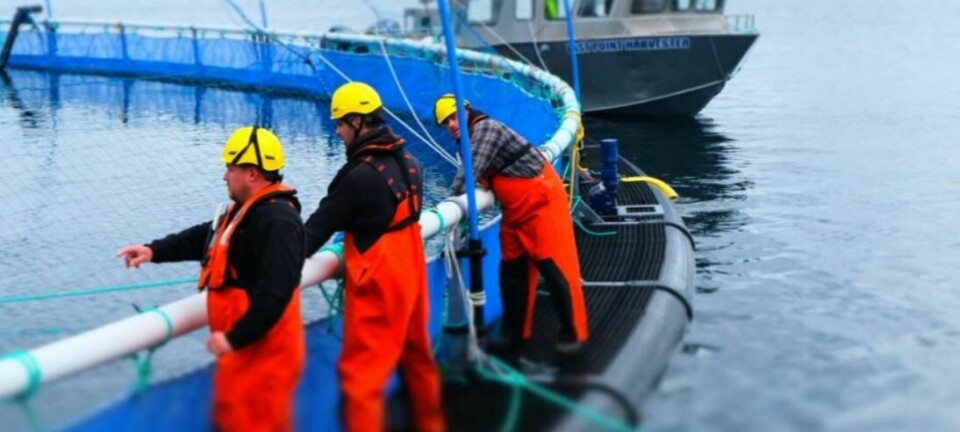
Can salmon-scale extract take the place of plastic?
Project seeks to use fish-based gelatine for food wrap
Researchers have begun a year-long project to assess whether gelatine extracted from farmed salmon fish scales can be improved for use in food packaging applications.
The scales are removed from salmon skins as part of a process to make salmon leather, and northern Norway company Norskin wants to utilise them to make gelatine for food packaging.
Previous research has identified a method for extracting gelatine from fish scales using weak acid and moderate heat, and which pre-treatment of the fish skins is best for obtaining the best quality of gelatine.

But gelatine from marine species has a lower gelling ability, melting point, and weaker mechanical and barrier properties than gelatine from pigs, cattle, and poultry. This makes it less suitable for food packaging, which must have sufficient mechanical and barrier properties to ensure food quality and protect the food from the environment.
Improving properties
The new research project aims to extract gelatine on a larger scale and improve the functional properties of the extracted fish gelatine by crosslinking gelatine with various phenolic compounds or by mixing gelatine with other biopolymers.
It also aims to develop a gelatine-based film with good rheological (the deformation and flow of materials), mechanical and barrier properties for use in food packaging.
The project is being carried out by Norwegian food research institute Nofima and is funded by MABIT, an industrial R&D program for marine biotechnology in northern Norway.
Fish gelatine can also be used in food, and the global fish gelatine market was valued at $276.1 million in 2020. It is estimated to reach $496.3 million by 2030, recording a compound annual growth rate (CAGR) of 6.1% from 2021 to 2030 (researchandmarkets.com).






















































